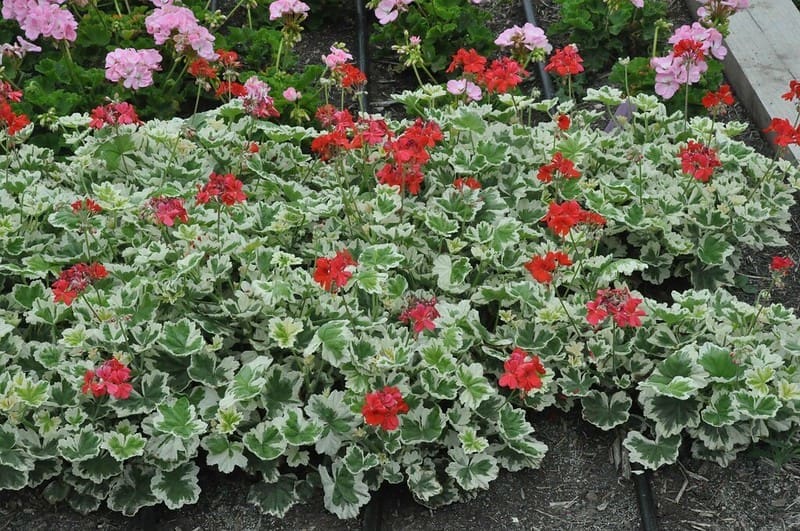Identifying certain landscape plants can be challenging, and Kansas State University horticulture expert Cynthia Domenghini often receives related inquiries. To help homeowners accurately identify plants or diagnose potential issues, she offers several tips.
For small plants, gather as much of the plant as possible, including roots, stems, leaves, flowers, and fruits. Shake off excess soil from roots without washing them, then place roots in a plastic bag to keep them moist. Cover above-ground parts with newspaper (not plastic) to avoid wilting. When sampling trees, shrubs, or vines, include a 1-2 foot branch with several buds or leaves. Store plant samples in a cool, dark location until delivery to maintain freshness.
When submitting photos, take one of the entire plant in its environment, as well as close-ups of leaves, stems, buds, flowers, and fruit. For scale, include a ruler or similar object. Ensure photos are in focus, and include images of healthy and affected parts if there are signs of disease or pests. A solid background can help highlight plant details.













